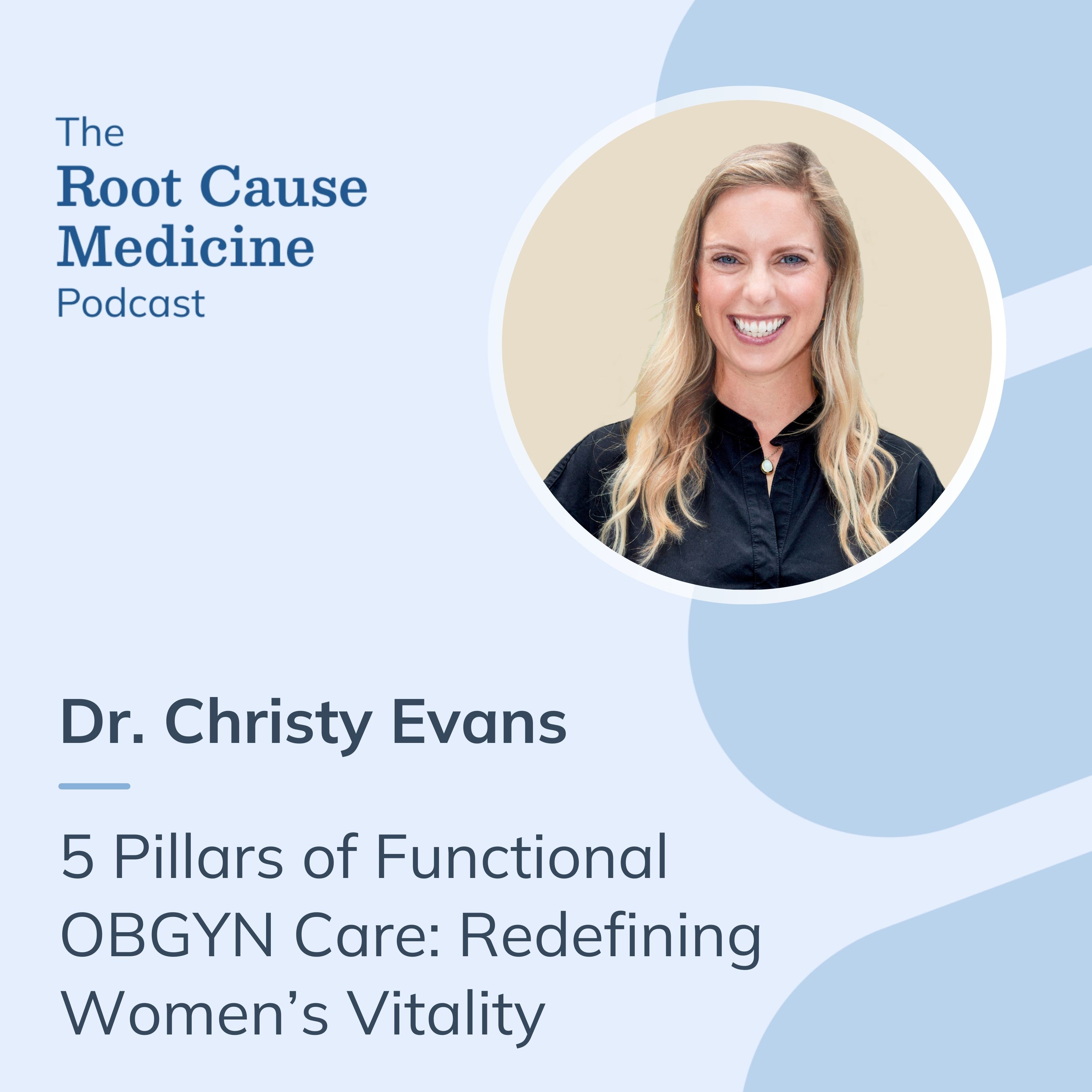Reliance on digital tools in modern healthcare, particularly electronic medical records (EMR) and practice management systems (PMS), is rising as more than 88% of office-based physicians utilize EMR systems. These technologies are foundational to transforming healthcare operations, enhancing efficiency, and maximizing the quality of patient care.
This article provides a detailed comparison between EMR and PMS, focusing on how each plays a distinct yet complementary role in superior healthcare management.
[signup]
What Is EMR (Electronic Medical Records)?
EMR is a way to store patients' medical records electronically or digitally rather than using paper copies of such records. This digital method of storing patient information is a more straightforward, more secure way to store and share information with utmost privacy and security.
The core features of EMR include:
- Documentation management
- Medication tracking
- Reporting tools
- E-prescribing
- Customizable consultation templates
EMR enhances patient care quality by housing comprehensive, accessible patient health information.
Benefits of EMR
The advantages of EMR include:
- Improved diagnostic accuracy
- Reduced medical errors
- Enhanced patient record privacy and security
- Easy lab result access
- Reduced duplicate testing
- Remote patient participation
- Time and space savings
- Improved tracking of data and results over time
- Reduced operational costs
- Improved preventive care
- Enhanced overall patient care
- Better healthcare quality and efficiency
A review found that most physicians using EMRs surveyed indicated that patient care improved due to implementing EMR systems. EMR supports clinical decisions by providing complete medical histories and real-time access to patient data.
Limitations of EMR
Potential challenges of EMR include:
- Cost of implementation
- Complexity of data integration
- The learning curve for staff members
- Less face-to-face care
- Data breaches if security measures aren't in place
- Potential system downtimes or malfunctioning
- Perceived privacy concerns among patients
However, despite these possible concerns, EMR is widely prevalent among medical practices, meaning the benefits outweigh the risks in the eyes of most practitioners.
What Is PMS (Practice Management Systems)?
PMS is a type of software that helps manage administrative and financial aspects of a healthcare practice.
The key functionalities of PMS include:
- Scheduling appointments
- Patient record tracking
- Patient engagement via portals
- Processing insurance claims
- Billing
- Inventory management
- Automated payroll
- Revenue tracking
- Reports and analytics tools
- Medical customer relationship management (CRM)
Practitioners can streamline office procedures and enhance staff member communication using PMS.
Benefits of PMS
PMS can improve operational efficiency by:
- Allowing less time spent on administrative tasks
- Streamlining billing processes
- Creating faster, easier medical billing procedures
- Managing patient appointments
- Automating appointment reminders to reduce no-shows
- Improving patient communication
- Centralizing data
- The ability to complete online consultations (telehealth)
- Capturing patient demographics
- Pre-registering patients
- Promoting remote medical practice management with cloud-based software
- Providing insurance eligibility and benefit checks
- Maintaining insurance payer lists
- Generating reports
PMS impacts profitability and reduces administrative workload, saving medical practices time and money.
Limitations of PMS
The potential limitations of PMS include:
- The initial learning curve for staff
- Fragmented workflow
- Limitations in user skill sets
- Need for continuous system and content maintenance
- Dependence on vendor support and computer literacy
- Cost of implementation and training
- Possible challenges in customization
Choosing the most suitable PMS for practice may feel daunting, but it can be beneficial once implemented.
EMR vs PMS
Both PMS and EMR tools are designed for healthcare providers, but they are different in the specific ways they can help.

Functionality Focus
EMR systems are highly beneficial for handling the healthcare aspect of care and patient data. EMR focuses on clinical data, allowing providers to offer top-quality care to patients using medical tracking tools. EMR is a digital patient medical record that stores comprehensive treatment plans, medical histories, prescriptions, and diagnostic test results.
PMS, on the other hand, is optimal for the business side of a medical practice. It's the brain of a practice's operations focused on operational and financial data, bill processing, patient portal interactions, and non-clinical aspects of the practice.
PMS features help a healthcare practice run smoothly and optimize profitability. For example, analytic and reporting tools show times of the day when a medical practice is the busiest to ensure proper staffing.
While EMR and PMS are different systems, they are both beneficial in a medical practice, which is why many providers and clinics use both.
User Interactions
EMRs are primarily used by medical staff, who can take notes during consultations, prescribe medications, order lab tests, and more. PMS allows broader access to billing teams, front-desk staff, and sometimes patients via portals.
Data Depth
EMR dives deep into individualized patient health information, allowing views of patient health histories, X-ray results, and much more. PMS focuses on logistics and numbers, including inventory levels, appointment slots, and billing cycles.
Integration and Interoperability
PMS and EMR integrate with other healthcare systems and with each other, which means more efficient, high-quality care with a lower chance of error. Integration allows multiple providers using different systems to access the same patient data.
EMRs are often designed to integrate with pharmacies, labs, and other healthcare entities. Integrating EMRs with online portals allows patients to be more involved in their care plans and better educated about their health.
PMS often integrates with insurance companies, billing services, communication tools, and more.
Integrating EMR and PMS can streamline practice functioning, provide cost and time savings, improve efficiency, and enhance ease of use.
Regulatory Compliance
Regulatory compliance differs between EMR and PMS. Due to sensitive patient data, EMRs have stringent compliance and security standards to ensure patient confidentiality and healthcare delivery remains private.
PMS also adheres to data protection standards, focusing on communication compliance, financial regulations, financial operations, and healthcare delivery.
EMRs and PMS must comply with the laws, rules, guidelines, and standards regarding sensitive patient data established by HIPAA (Health Insurance Portability and Accountability Act of 1996).
Choosing Between EMR and PMS for Your Practice
It's essential to establish whether EMR, PMS, or a combination of both systems suits a functional medicine practice. Consider the following when determining which system(s) are right for your practice:
- Practice size
- Practice specialty
- Specific patient healthcare needs
- Practice management needs
- Budget
- Ability to implement EMR or PMS
- Systems currently in place
- Preference for telemedicine or other add-ons
Every practice has unique needs, which is why there is no one-size-fits-all approach to implementing EMR, PMS, or both of these highly beneficial healthcare management systems.
Scenario Analysis
Practitioners who must choose an EMR or PMS may lean toward one or the other based on the current systems in place and practice size. For example, a smaller practice may be better suited for using EMR, while larger and growing practices often benefit most from implementing PMS plus EMR.
Practices that can afford to implement both EMR and PMS can reap extensive benefits from having both systems in place, as they complement each other and typically integrate well.
The return on investment for both systems is significant, as EMR and PMS help save time and money over time and boost patient and provider experiences and satisfaction.
[signup]
Key Takeaways
- EMRs store critical patient data, allowing practitioners to provide top-quality care and patients to interact via portals.
- PMS helps streamline healthcare operations, including scheduling, billing, automated payroll, inventory management, telehealth, and more.
- EMR and PMS have complementary roles in healthcare management, so many practices implement both.
- Healthcare providers should evaluate their practice's specific needs, budget, goals, and capabilities before choosing an EMR, PMS, or both beneficial healthcare management systems.












%201.svg)







